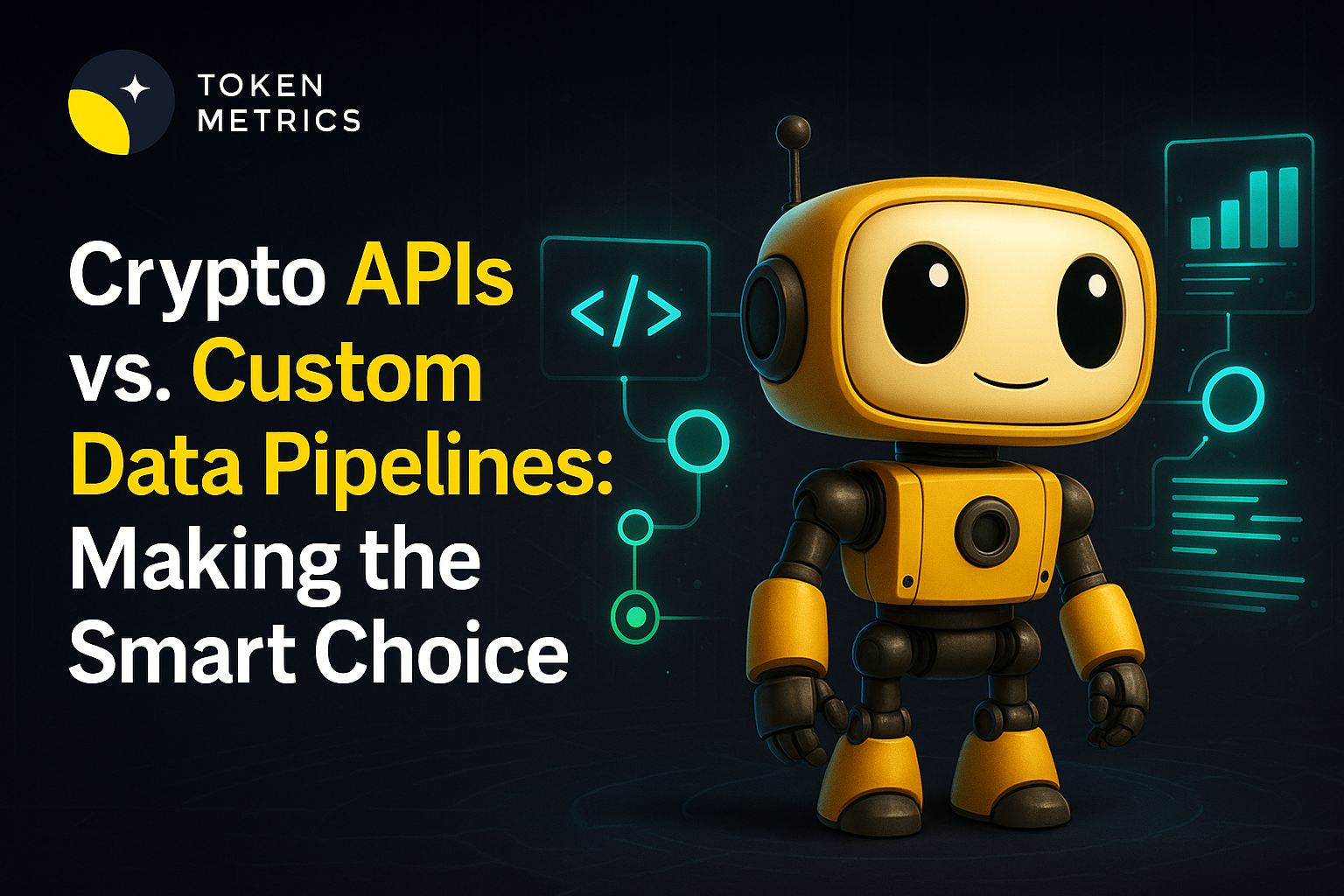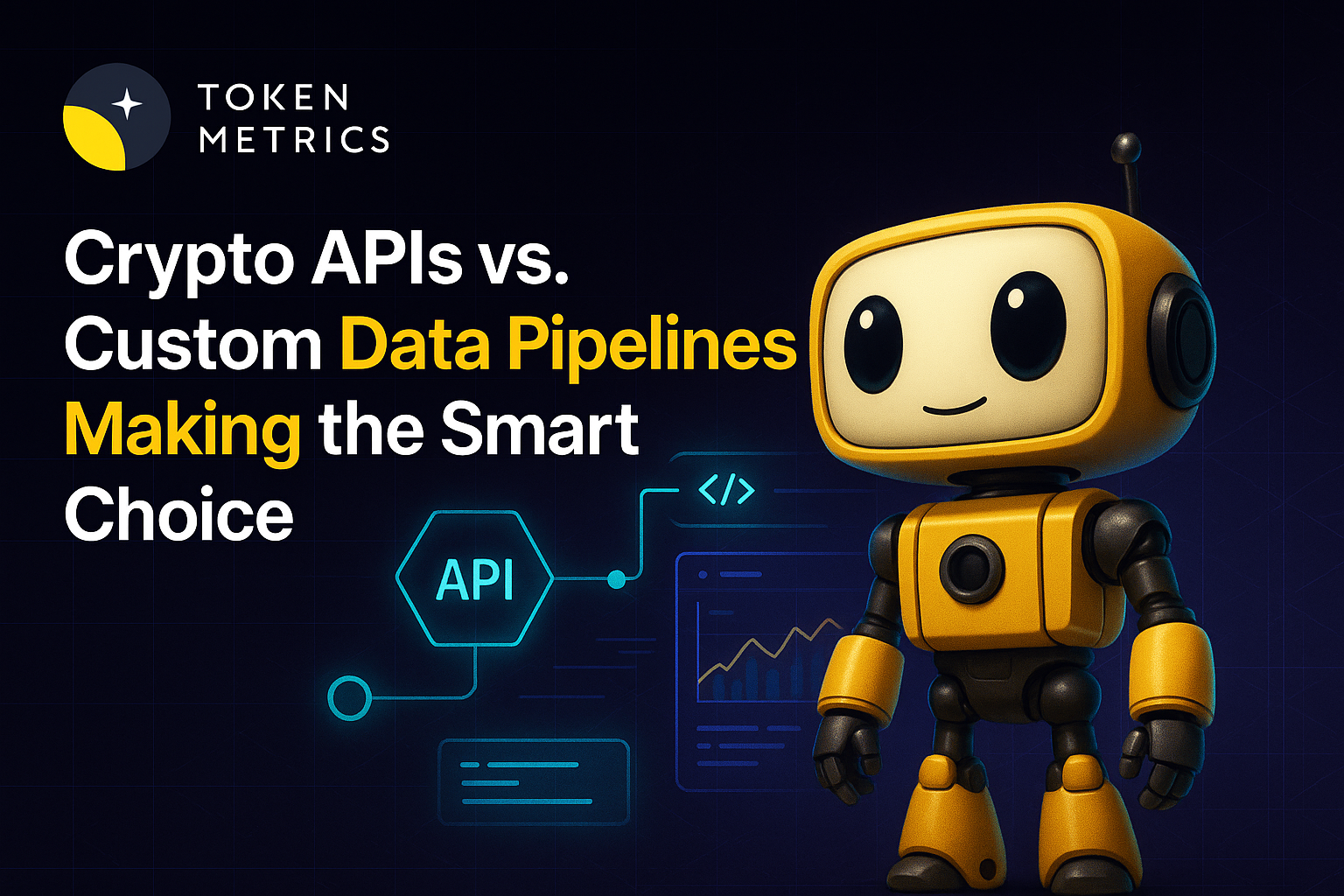Initial DEX Offering (IDO) - A Detailed Guide for Beginners

In the maturing landscape of the cryptocurrency industry, new fundraising approaches have emerged, including the Initial DEX Offering (IDO).
The IDO is a creative and decentralized crowdfunding model that addresses the shortcomings of its predecessor, the Initial Coin Offering (ICO).
ICOs gained popularity in 2017 but were plagued with issues such as lack of control, investor protections, and numerous scams. The negative reputation of ICOs cast a shadow over the crypto industry, deterring potential investors.
On the other hand, the IDO is a fundraising method that leverages decentralized exchanges (DEXs) to pool investment capital from retail investors. It offers a more egalitarian crowdfunding model and aims to provide immediate token liquidity.
While IDOs have limitations, such as scalability, compared to ICOs and IEOs, they have gained popularity in the crypto space due to their decentralized and fair nature.
What is an Initial DEX Offering?
An Initial DEX Offering (IDO) is a decentralized and permissionless crowdfunding method that leverages decentralized exchanges (DEXs) to raise funds for crypto projects.
Unlike traditional fundraising models such as Initial Coin Offerings (ICOs), IDOs provide immediate token liquidity and ensure a fair and transparent distribution of tokens. By utilizing DEXs, IDOs eliminate the need for intermediaries and offer greater control and transparency to investors.
How Do IDOs Work?
It is crucial to understand how IDOs work to grasp the concept of DEXs. DEXs are decentralized liquidity exchanges that operate on blockchain networks.
They allow users to trade digital assets directly from their wallets without intermediaries. IDOs leverage the decentralized nature of DEXs to facilitate fundraising for crypto projects.
Step-by-Step Process to Launch an IDO
Launching a successful IDO requires careful planning and execution. Here is a step-by-step process to guide project teams through the IDO launch:
Step 1: Devise a Business Strategy
Before launching an IDO, the project team should develop a comprehensive business strategy. This strategy should outline the project's goals, target audience, fund allocation, marketing plan, and post-IDO plans. Having a well-defined strategy, the team can effectively communicate their vision to potential investors.
Step 2: Create Marketing Collateral
To attract investors, the project team must create compelling marketing collateral. This includes designing a visually appealing website showcasing the project's unique selling points and providing information about the project's team.
Also, a well-crafted white paper should outline the project's technical details, tokenomics, and roadmap.
Step 3: Partner with a DEX Launchpad
The project team must partner with a DEX launchpad to launch an IDO. These launchpads serve as a platform for projects to gain exposure and access a broader investor base.
The team must ensure that their project meets the launchpad's requirements, including compatibility with the consensus mechanism and whitelisting.
Step 4: Create the Cryptocurrency
Using tools like CoinTool, the project team can create their cryptocurrency or token. This process involves defining the token's parameters, such as total supply, token name, symbol, and additional features or functionalities. Once the token is created, the team should conduct thorough testing to ensure its functionality and security.
Step 5: Launch the Token and Raise Funds
The project team can start the token sale with the IDO launchpad's approval. During this phase, investors can purchase the project's tokens at a discounted rate.
The team may incentivize early investors with additional benefits or rewards to encourage participation. The goal is to raise funds and generate liquidity for the project.
Step 6: Provide Liquidity and List the Token
After the IDO, the project team allocates a portion of the raised funds to provide liquidity on the DEX. This helps ensure a healthy trading environment for the token.
Simultaneously, the team lists the token on the DEX, making it available for trading to the general public. This immediate listing allows investors to buy and sell the token without any waiting period.
Step 7: Post-IDO Support and Growth
Once the IDO is complete, the project team must focus on sustaining the momentum and supporting the token's growth. This involves engaging with the community, updating investors on project developments, and promoting the token's adoption.
Ongoing marketing efforts and strategic partnerships can drive demand for the token and contribute to its long-term success.
This step-by-step process allows project teams to launch a successful IDO and raise funds to support their crypto project.
Successful Projects Launched From IDOs
The IDO model has launched successful crypto projects. Here are a few notable examples:
1. Raven Protocol IDO
Raven Protocol, a decentralized deep-learning training protocol, conducted one of the first IDOs in June 2019. The project aimed to transform the AI and machine learning industries by leveraging blockchain technology. Through their IDO, Raven Protocol raised funds and gained exposure on the Binance DEX.
2. Universal Market Access Protocol IDO
The Universal Market Access (UMA) protocol, which enables DeFi developers to create synthetic assets on the Ethereum blockchain, also conducted a successful IDO.
Despite initial issues during the IDO launch, UMA overcame challenges and achieved significant growth. The project's token, UMA, has gained traction in recent times.
3. SushiSwap IDO
SushiSwap, a decentralized exchange built on Ethereum, launched through an IDO and quickly gained popularity as an alternative to Uniswap. It allowed users to migrate over $1.14 billion worth of assets from Uniswap to SushiSwap. The IDO model enabled SushiSwap to distribute its tokens fairly, without favoritism towards insiders or early investors.
These successful projects demonstrate the potential of IDOs as a fundraising model. By leveraging the decentralized nature of DEXs, projects can raise funds, gain exposure, and build a community around their tokens.
Advantages and Disadvantages of IDOs
Like any fundraising model, IDOs have their own advantages and disadvantages. Understanding these pros and cons is essential for project teams considering the IDO approach.
Advantages of IDOs
- Decentralization: IDOs operate on decentralized exchanges, ensuring transparency, fairness, and equal opportunities for all participants.
- Immediate Liquidity: IDOs provide immediate liquidity for the project's token by listing it on the DEX after the sale. This allows investors to buy and sell the token without any waiting period.
- Lower Entry Barriers: IDOs have lower entry barriers than traditional fundraising methods like ICOs. Small teams with innovative ideas can gain access to capital and launch their projects.
- Community Involvement: IDOs often rely on community support and engagement. Vocal community members play a crucial role in vetting projects and tokens, enhancing the project's reach and credibility.
Disadvantages of IDOs
- Scalability: DEXs, the primary platform for IDOs, currently have limitations in terms of scalability compared to centralized exchanges. This can impact the amount of funds raised through an IDO.
- Technical Vulnerabilities: DEXs and smart contracts used in IDOs can be vulnerable to technical exploits and bugs. Hackers have exploited these vulnerabilities in the past, leading to loss of funds.
- Learning Curve: DEXs and DeFi platforms, in general, can have a steep learning curve, deterring potential investors who are unfamiliar with the technology. Education and user-friendly interfaces are needed to address this challenge.
- Lower Fundraising Amounts: Compared to ICOs, IDOs typically raise smaller amounts of funds. While this can be advantageous for smaller projects, it may limit the growth potential for larger-scale initiatives.
Despite these disadvantages, IDOs offer a promising alternative to traditional fundraising models. With proper precautions and education, the IDO model has the potential to drive innovation, support new projects, and foster a more inclusive crypto ecosystem.
Alternatives to IDOs
While IDOs have gained popularity, there are other fundraising options available to crypto projects. Other alternatives include:
- Initial Coin Offerings (ICOs): Although ICOs have faced criticism, they remain viable for projects that prefer a centralized approach and have the resources to navigate regulatory requirements.
- Initial Exchange Offerings (IEOs): IEOs involve partnering with a centralized exchange to conduct the token sale. This model offers greater visibility and access to a more extensive investor base.
- Security Token Offerings (STOs): STOs issue security tokens that comply with regulatory frameworks. STOs provide investors with legal rights and ownership of the project.
- Venture Capital (VC) Funding: Traditional venture capital firms invest in crypto projects. VC funding offers financial support, industry expertise, and valuable connections.
Each fundraising method has pros and cons, and project teams should carefully consider their goals, resources, and target audience before choosing the most suitable approach.
Differences Between an ICO and an IDO
While ICOs and IDOs are both fundraising models in the crypto space, they differ in several key aspects:
- Control and Regulation: ICOs operate in a largely unregulated environment, whereas IDOs leverage the decentralized nature of DEXs, providing more control and transparency to investors.
- Investor Protections: ICOs often lack investor protection, leading to numerous scams and fraudulent projects. IDOs aim to address this issue by providing fair token access and eliminating pre-mines.
- Token Liquidity: IDOs offer immediate token liquidity by listing the token on the DEX after the sale. ICOs typically require a waiting period before the token is listed on centralized exchanges.
- Fundraising Amounts: ICOs historically raised larger funds than IDOs. However, IDOs allow smaller projects to raise capital and gain exposure.
- Centralization vs. Decentralization: ICOs rely on centralized exchanges and intermediaries, whereas IDOs leverage the decentralized nature of DEXs, fostering a more inclusive and transparent fundraising environment.
Project teams and investors must understand these differences when considering their fundraising options and evaluating potential investment opportunities.
Future Outlook - Initial DEX Offering
The future of Initial DEX Offerings (IDOs) looks promising as the crypto industry continues to evolve. IDOs have gained traction due to their decentralized and transparent nature, offering an alternative to traditional fundraising models.
While they may face scalability challenges and technical vulnerabilities, ongoing advancements in blockchain technology and user-friendly interfaces are expected to address these issues.
As the DeFi space matures, more projects will likely explore IDOs as a fundraising option. Educational initiatives and improved accessibility will be crucial in attracting more investors, including those new to crypto.
Also, regulatory frameworks may evolve to provide more precise guidelines for IDOs, striking a balance between innovation and investor protection.
The future of IDOs also depends on developing DEXs as scalable and user-friendly platforms. Improvements in liquidity, trading interfaces, and security measures will enhance the overall IDO experience, attracting more projects and investors to participate.
Conclusion
In conclusion, IDOs have emerged as a decentralized and fair fundraising model in the crypto industry. While they have advantages and challenges, IDOs offer an inclusive and transparent approach to raising funds for innovative projects.
As the crypto ecosystem continues to evolve, IDOs are expected to play a significant role in shaping the future of fundraising in the digital asset space.
Disclaimer
The information provided on this website does not constitute investment advice, financial advice, trading advice, or any other advice, and you should not treat any of the website's content as such.
Token Metrics does not recommend buying, selling, or holding any cryptocurrency. Conduct your due diligence and consult your financial advisor before making investment decisions.
Create Your Free Token Metrics Account

.png)




%201.svg)
%201.svg)


%201.svg)










.svg)




.png)